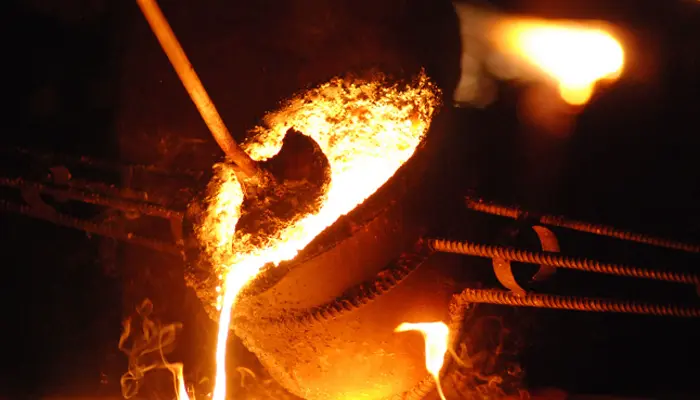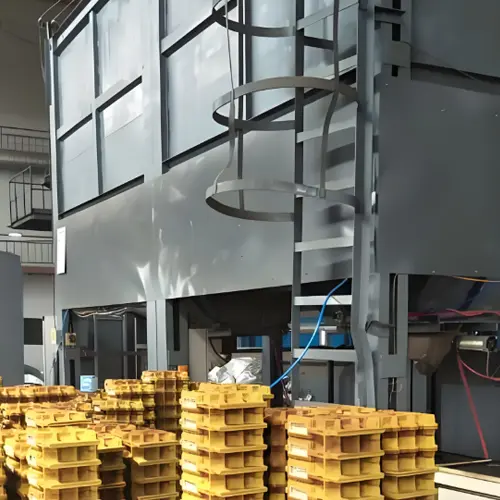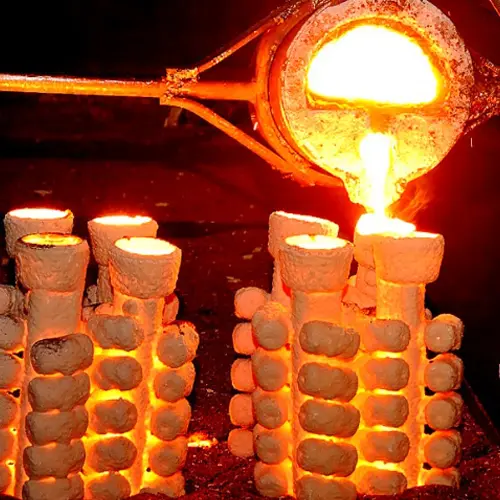The heat treatment process for castings refers to a process method that changes the internal structure of castings by means of heating, holding and cooling to achieve the purpose of improving material properties, eliminating internal stress, and improving performance. The selection method of heat treatment process for castings is a comprehensive decision-making process that requires consideration of multiple factors to ensure that the desired material properties are finally obtained. The following are some key steps and considerations:
1. Determine the material of the casting
First, it is necessary to clarify the material of the casting, such as cast iron, cast steel or other alloy materials. Different heat treatment processes are used for castings of different materials.
2. Analyze the performance requirements of castings
According to the use environment and performance requirements of the castings, analyze the required mechanical properties, physical properties and chemical properties. For example, for castings that require high strength and hardness, it may be necessary to select a quenching process; while for castings that require good toughness and ductility, it may be necessary to select an annealing or tempering process.
3. Consider the characteristics of the heat treatment process
Annealing: It is suitable for eliminating internal stress of castings and improving plasticity and toughness. For cast iron parts, annealing can also eliminate white structure and improve processing performance.
Normalizing: used to improve the strength and hardness of castings, while improving heat resistance and corrosion resistance. The structure of the casting after normalizing is more uniform, which is conducive to subsequent machining and heat treatment.
Quenching: significantly improves the strength and hardness of castings, but may also lead to increased brittleness. Tempering treatment is required in time after quenching to eliminate quenching stress and improve toughness.
Tempering: As a necessary step after quenching, it is used to reduce hardness and stress, improve toughness and ductility. According to the tempering temperature, it can be divided into low-temperature tempering, medium-temperature tempering and high-temperature tempering.
4. Evaluate the feasibility of heat treatment process
When selecting a heat treatment process, the feasibility of the process needs to be considered. For example, for large or complex-shaped castings, special heating and cooling equipment may be required; for some alloy materials, phase transformation and precipitation behavior during heat treatment may need to be considered.
5. Consider cost factors
The choice of heat treatment process also needs to consider cost factors. Different heat treatment processes require different equipment, energy and labor costs, so they need to be selected according to production needs and budget.
6. Comprehensive evaluation and decision-making
Finally, it is necessary to comprehensively evaluate and make decisions based on the above factors, formulate multiple heat treatment plans, and conduct comparative analysis and experimental verification to determine the optimal heat treatment process.
The heat treatment process of castings is an important process to improve the performance of castings. Through reasonable heat treatment processes, the mechanical properties of castings can be improved, internal stress can be eliminated, and performance can be improved, providing high-quality parts for industrial production.





